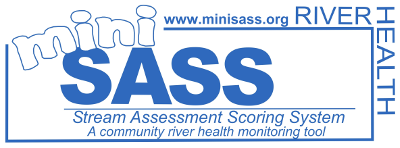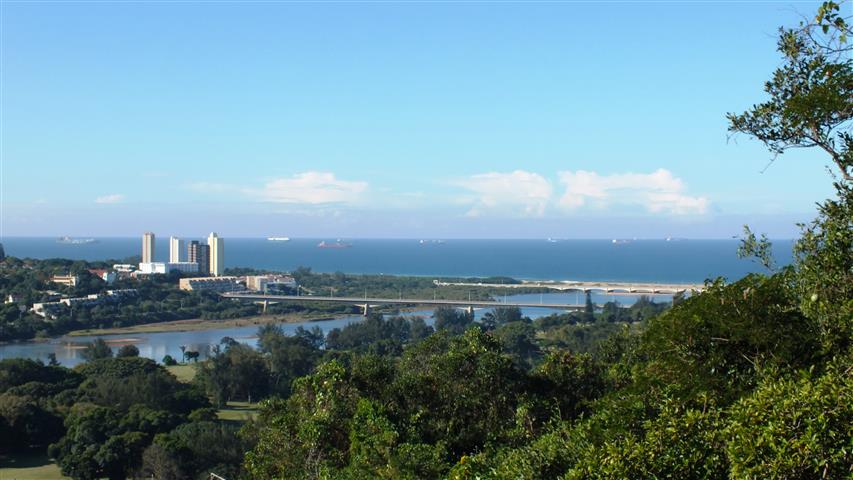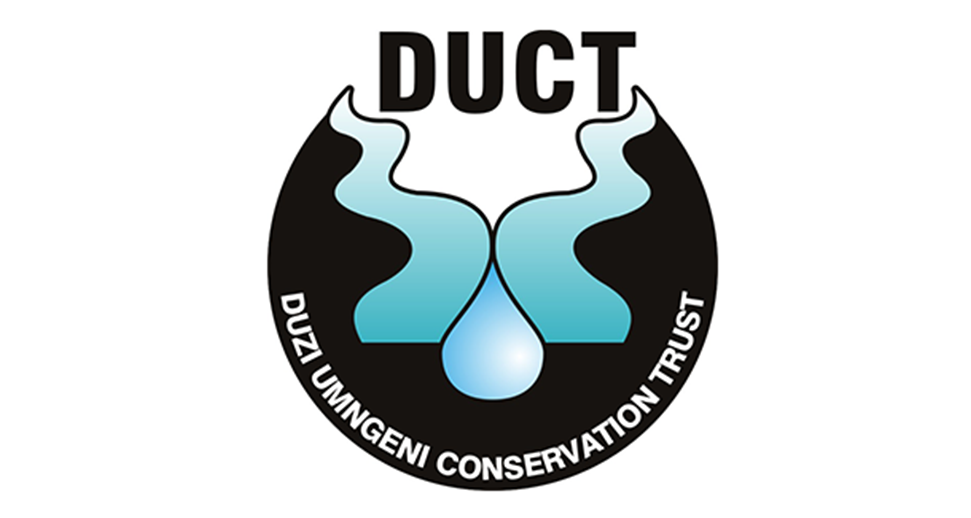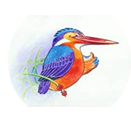ADOPT A RIVER
An article by Heather Dugmore of the WWF Nedbank Green Trust - www.nedbankgreen.co.za
‘At first the learners don’t regard rivers as important; they just see them as running water unrelated to their lives. Many also have a fear of rivers because they’ve been told frightening stories about river snakes.’ Wendy Ngcobo, an environmental education coordinator for the Duzi uMngeni Conservation Trust (DUCT), discusses the initial attitude of the learners from 16 schools with whom she has been working in the vicinity of the uMngeni and the uMsunduze Rivers – two key water sources in KwaZulu-Natal, spanning 260kms in length.
Learners from Fezokuhle Primary conducting a water quality study as part of the Adopt a River programme.
Through a series of activities and outings Ngcobo is teaching learners between the ages of 9 and 17 about the value of rivers and wetlands in their lives, why waste has to be carefully managed and why alien invasive plants have to be controlled and cleared.
In one of the activities learners of all ages are taught how to use aquatic biomonitoring tools, such as miniSASS (a low cost water quality monitoring tool). This empowers them to identify pollution sources in real time, and assess at a broad level the degree of pollution. When pollution and E.coli levels are too high they contact the relevant water management authority, and ideally follow up to make sure they have taken action.
In another activity the stories about river snakes are discussed and shared. The learners start to understand the power of myths and that the stories served to keep them away from the water because of the risk of drowning.
‘The change in the learners’ response to rivers when they start to understand that rivers are our friends, that we cannot survive without them and that healthy rivers mean healthy communities, is so gratifying. It’s a deep feeling that you have done something right when you see them proactively participating in the management of the rivers,’ says Ngcobo.
Wendy Ngcobo and learners playing a picture building game to identify problems concering wetlands.
The 16 schools are part of the Adopt a River programme, managed by DUCT in partnership with the Wildlife and Environment Society of South Africa (WESSA) and the Water Research Commission (WRC).
The WWF Nedbank Green Trust is now helping to finance the Adopt a River programme in order to grow the number of participating schools and communities.
 What is miniSASS?
What is miniSASS? State of the Rivers Report - uMngeni River and Neighbouring Rivers and Streams
State of the Rivers Report - uMngeni River and Neighbouring Rivers and Streams


